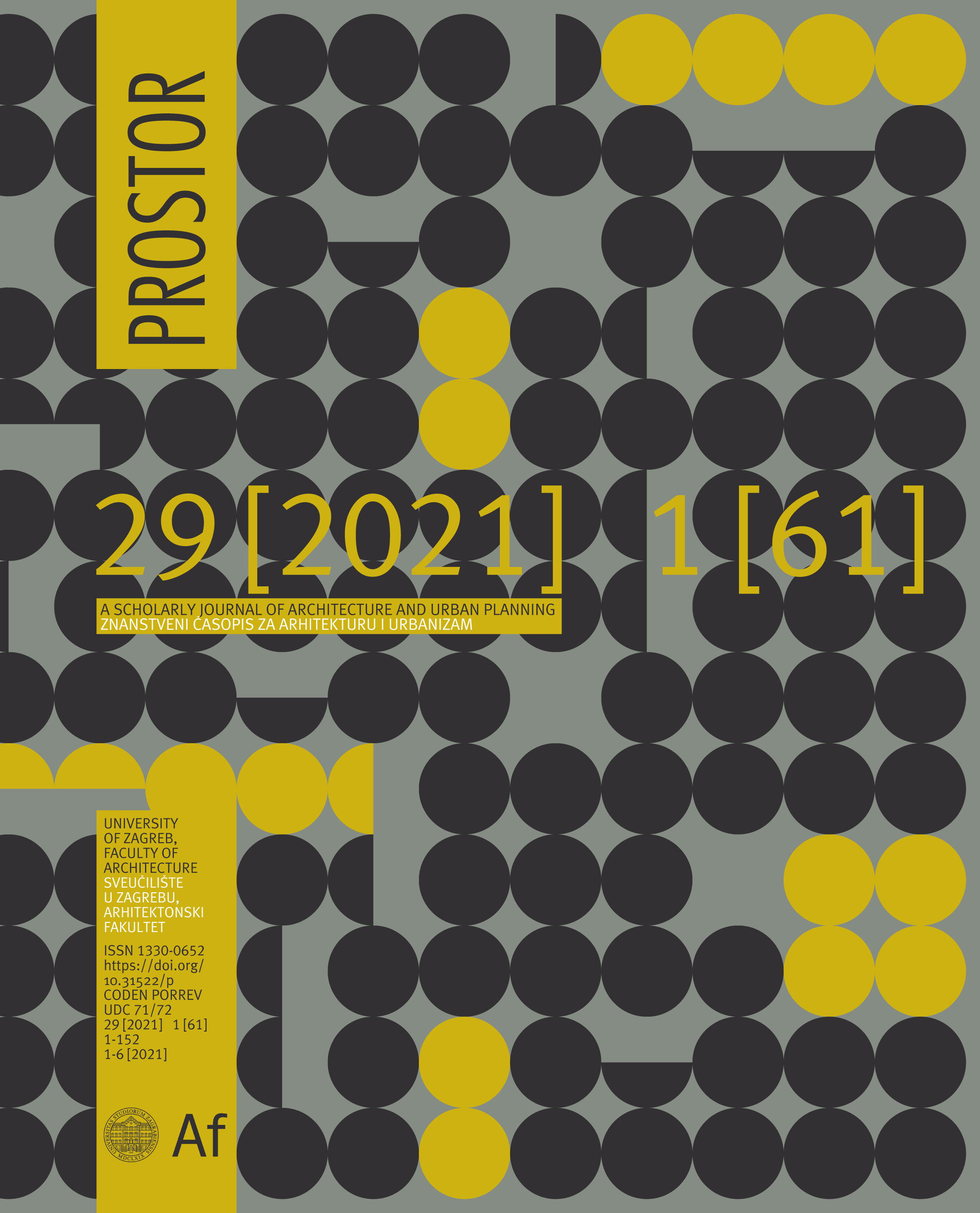Urbanization Models of Mostar in the Period of Austro-Hungarian Rule
DOI:
https://doi.org/10.31522/p.29.1(61).1Keywords:
Austro-hungarian rule, legal basis, Mostar,Bosnia and Herzegovina, urbanization models, urban planning engineersAbstract
In the period of Austro-Hungarian occupation between 1878 and 1918, the City of Mostar had a process of intensive urbanization. In that period, newly arrived engineers (surveyors) transformed the pre-existing Eastern – Ottoman qasaba (provincial town) into a Central European city. This paper revealed four models of urbanization they used in planning. The first model was developed within the existing physical structure of the city through the first regulatory plan. The second model forms the new urban centre using the empty space within the old town. The third and the fourth models expand the city over the river. While the third model forms orthogonal urban blocks, the fourth is a construction of free-standing villas within the Neo-Baroque Square in which six radial streets inflow. The engineers who worked on the regulatory plans were also discovered and presented, as well as the legislative and legal framework within which all these processes took place.
Downloads
Published
How to Cite
Issue
Section
License
Copyright (c) 2021 Borislav Puljić

This work is licensed under a Creative Commons Attribution 4.0 International License.
Copyright (c) 2021 authors and journal.
This work is licensed under a Creative Commons Attribution 4.0 International License.
Authors who publish with this journal agree to the following terms:
In agreeing this form, you certify that:
- You read the ethical codex of the PROSTOR available at journal web.
- You submitted work is your original work, and has not previously been published and does not include any form of plagiarism.
- You own copyright in the submitted work, and are therefore permitted to assign the licence to publish to PROSTOR.
- Your submitted work contains no violation of any existing copyright or other third party right or any material of an obscene, libellous or otherwise unlawful nature.
- You have obtained permission for and acknowledged the source of any illustrations, diagrams or other material included in the work of which you are not the copyright owner.
- You have taken due care to ensure the accuracy of the work, and that, to the best of your knowledge, there are no false statements made within it.
- All co-authors of this submitted work are aware of, and in agreement with, the terms of this licence and that the submitted manuscript has been approved by these authors.







